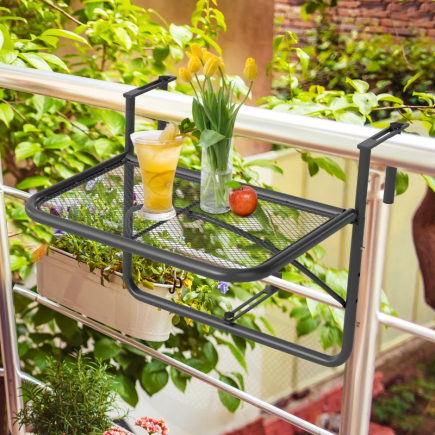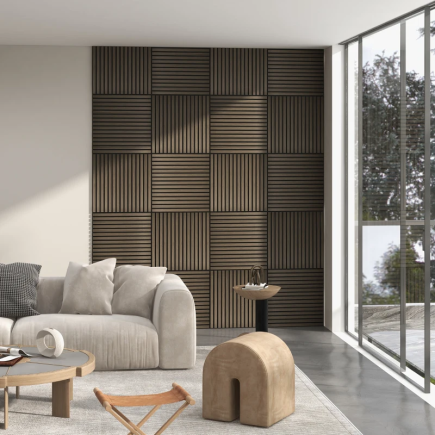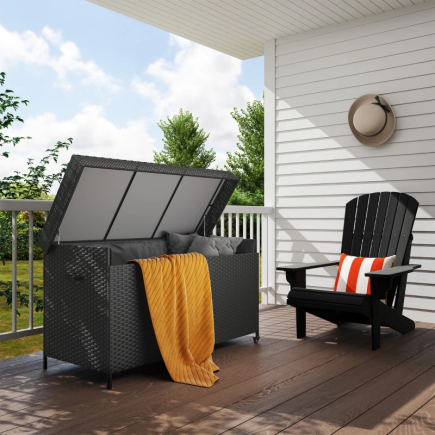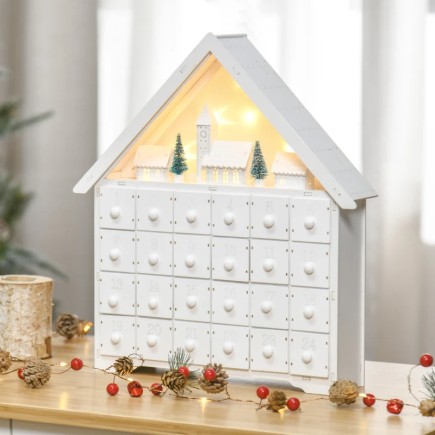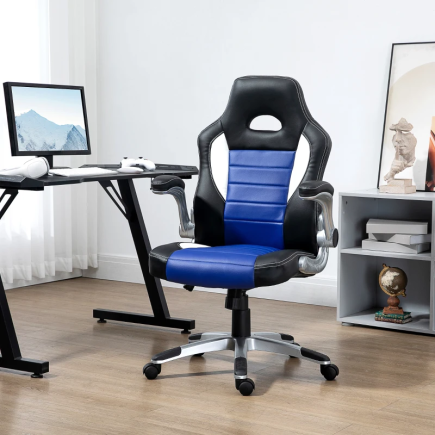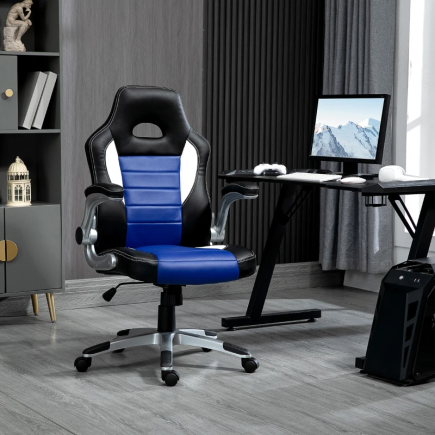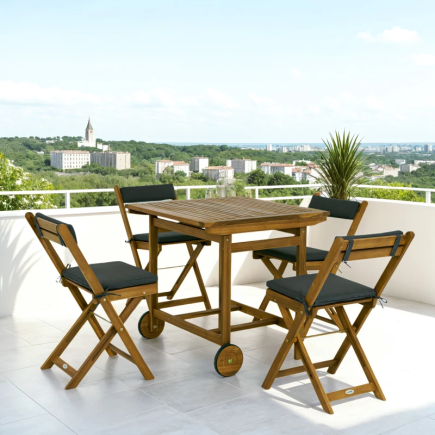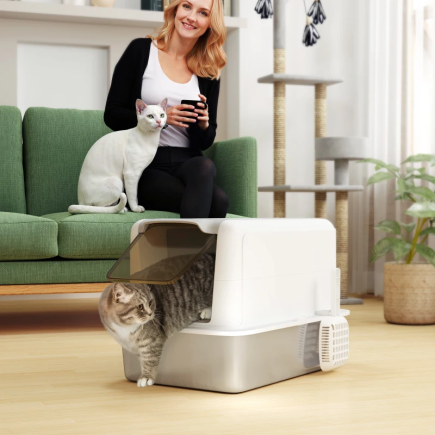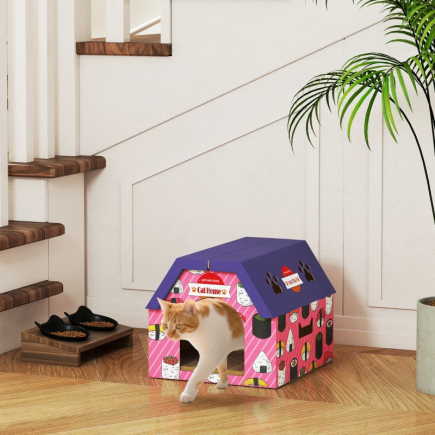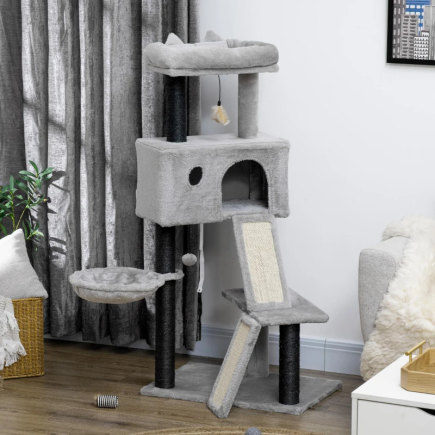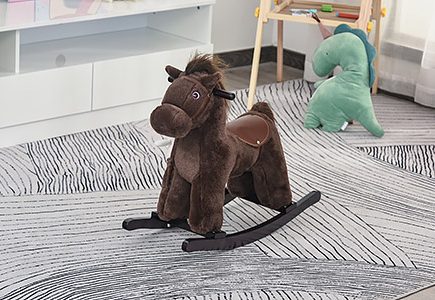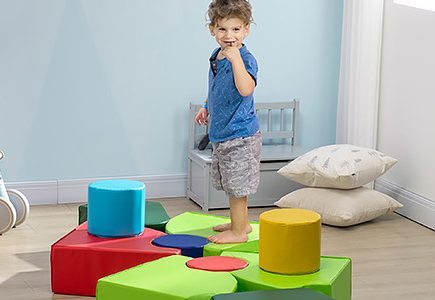
Wood paneling brings natural warmth and architectural character to a home, but it also attracts dust, oils, fingerprints, kitchen residue, and everyday grime. If not maintained properly, wood can begin to look dull, dry, and older than it actually is. This expanded guide walks you through a complete cleaning routine using safe, effective methods that protect the wood’s finish while restoring its natural richness.
The steps below include detailed explanations, expanded technique tips, and added content to help you clean any type of wood paneling old or new, varnished or unfinished, glossy or matte.
1. Remove Surface Dust Completely

Before applying any liquids, it’s essential to eliminate loose dust and debris. Dust clings to wood and, when mixed with moisture, turns into grime that streaks and embeds into the surface.
Dust acts like fine sandpaper on wood. If you start with a wet cloth, that dust becomes abrasive and can scratch the finish, dull the shine, and settle deeper into grooves.
How to remove dust effectively:
- Use a dry microfiber cloth, starting from the ceiling and working downward.
- Vacuum along grooves, decorative trims, ridged patterns, and corner joints using a soft brush attachment.
- Pay extra attention to areas behind furniture, baseboards, and around switches where dust settles and stays unnoticed.
- For older, textured, or knotty wood, lightly brush the surface in small sections to lift embedded particles.
2. Prepare a Gentle, Wood-Safe Cleaning Solution

Different wood finishes react differently to cleaning agents. A mild solution protects the finish while lifting dirt effectively without causing damage or discoloration.
How to make a proper cleaning solution:
- Fill a bucket with warm water – not hot.
- Add 5–7 drops of mild dish soap or a pH-balanced wood cleaner.
- Mix gently to avoid excessive foaming (too many bubbles make rinsing harder).
- For heavily soiled or greasy areas (kitchen paneling), prepare a second batch made with a wood-safe degreaser.
Avoid these products:
- Vinegar (acidic; fades finishes)
- Ammonia (strips coatings)
- Bleach (causes blotching)
- Steam cleaners (cause swelling and warping)
- Abrasive powders (scratch the finish)
3. Always Test in a Hidden Area First
Wood finishes vary greatly depending on age, stain, exposure to sunlight, and previous treatments. A quick test prevents accidental damage.Some wood finishes cannot handle moisture well, especially older shellac or wax-based coatings. Testing identifies whether the solution needs dilution or if a different cleaner is required.
Where and how to test:
- Choose a hidden spot: behind a large piece of furniture or along a lower corner.
- Apply a small amount of the cleaning solution using a damp cloth.
- Let it sit for 20–30 seconds.
- Wipe dry and observe for:
- Cloudiness
- Loss of shine
- Softening or tackiness
- Slight colour lift
If any issues appear, dilute the mixture further or switch to a wood-specific cleaner.
4. Clean the Main Surface Safely

This is where you remove the bulk of dirt and restore the wood’s clean appearance. Proper wiping technique prevents streaking and uneven shine.
Rubbing too hard, using too much water, or wiping against the grain can degrade the finish. Proper technique ensures deep cleaning without harming the surface.
How to clean the paneling:
- Dip a microfiber cloth into your cleaning solution and wring it until barely damp.
- Wipe the surface in long, steady strokes following the direction of the wood grain.
- Work in sections to avoid drying streaks.
- Rinse and wring the cloth frequently to prevent pushing dirt around.
- For textured or matte wood, gently press into the surface to lift grime trapped in pores.
5. Deep-Clean Grooves, Bevels, and Decorative Details

Wood paneling often has grooves, ridges, or carved detailing that accumulate grime faster than flat sections.
Why this step matters:
Dirt trapped in grooves makes paneling look older and uneven. Cleaning these areas brings back the clarity of the wood pattern.
How to clean detailed areas:
- Use a soft-bristle toothbrush dipped in the cleaning solution.
- Scrub gently along the grain, focusing on tongue-and-groove seams, knot lines, and carved shapes.
- Wipe the entire area with a slightly damp cloth to remove loosened dirt.
- For deeper ridges, use a cotton swab dipped in cleaner to reach narrow crevices.
6. Treat Stubborn Dirt, Sticky Residue, and Grease
Wood paneling in kitchens, hallways, or high-contact areas often has sticky buildup that needs more than mild soap.Stubborn stains left untreated can seep into the wood or leave a permanent dark patch.
What to use:
- Baking soda paste (baking soda + a few drops of water)
- A wood-safe degreaser for heavy kitchen residue
- Rubbing alcohol on a cloth (for small sticky spots)
How to remove stubborn buildup:
- Apply the baking soda paste to tough stains.
- Let it sit for 5–10 minutes to loosen the residue.
- Gently wipe using circular motions.
- Rinse with a damp cloth and dry immediately to avoid residue.
7. Rinse the Surface to Remove Soap Residue

Rinsing is essential to prevent dullness and prevent new dirt from clinging.Soap residue attracts dust, causing a cloudy film over time that makes the paneling look aged.
How to rinse properly:
- Use a fresh cloth dampened with clean warm water.
- Wipe every area that was cleaned, following the wood grain to avoid streaking.
- Avoid applying too much water; repeated damp passes are safer than heavy moisture.
8. Dry the Wood Completely

Wood must be fully dried to prevent moisture from penetrating into the layers.
Moisture causes warping, expansion, cracking, and long-term deterioration.
Drying method:
- Use a clean, dry microfiber cloth to remove every trace of moisture.
- Buff lightly along the grain to restore the initial sheen.
- Focus on grooves, corners, and lower edges where water tends to settle.
- If needed, use a fan to increase airflow in the room.
9. Apply Wood Polish or Conditioner

This step replenishes moisture, restores shine, and protects the wood from future dirt buildup.Wood naturally dries out, especially in heated or air-conditioned homes. Conditioning prevents cracking, dullness, and premature wear.
How to polish properly:
- Choose a non-wax, non-silicone wood polish or conditioner.
- Apply a thin layer using a soft cloth.
- Gently buff the surface until you achieve an even finish.
- For sunlight-exposed paneling, choose a conditioner with UV protection.
Benefits of polishing:
- Enhances wood grain visibility
- Restores natural richness
- Adds a protective barrier
- Makes future cleaning easier
Maintain Paneling Regularly
Consistency is the key to keeping wood paneling fresh, vibrant, and long-lasting.Regular maintenance prevents the need for heavy cleaning and reduces wear over time.
Long-term maintenance schedule:
- Dust once a week to prevent buildup.
- Spot-clean fingerprints or stains immediately.
- Do a mild cleaning every 1–2 months.
- Polish every 3–6 months.
- Keep humidity stable to reduce expansion or cracking.
- Use curtains or blinds to protect from harsh sunlight
Additional Care Tips
To preserve the appearance and durability of your wood paneling, consider these preventive measures:
- Avoid sliding furniture directly against wood walls.
- Consider applying a fresh protective finish if your paneling is older.
- Use air purifiers to reduce airborne dust accumulation.
- Avoid hanging wet items or heat-producing devices near wood surfaces
Mission accomplished!
In closing, maintaining the beauty and longevity of your Wood Paneling requires consistent care and the right techniques. By following these simple yet effective cleaning steps, you can restore the natural richness of the wood and keep your Home Accessories looking fresh and vibrant. Regular dusting, gentle cleaning solutions, and periodic polishing will ensure your wood paneling remains a stunning feature of your home for years to come.
FAQs
1. How can I safely remove sticky residue from wood paneling?
To remove sticky residue, apply a small amount of rubbing alcohol to a clean cloth and gently rub the sticky area. For tougher residue, use a baking soda paste (baking soda and water) and let it sit for a few minutes before wiping it off.
2. What should I do if my wood paneling still looks streaky after cleaning?
If streaks remain, try wiping the paneling with a fresh, damp cloth using long, steady strokes in the direction of the wood grain. Make sure the cloth isn’t too wet to avoid moisture damage and repeat as necessary.
3. How do I clean wood paneling in areas with heavy grease buildup?
Use a wood-safe degreaser or a mixture of baking soda paste for greasy areas. Apply the paste, let it sit for 5-10 minutes, then gently scrub and rinse with a damp cloth to remove the residue.
4. How can I prevent moisture damage while cleaning wood paneling?
To prevent moisture damage, avoid soaking the wood. Use a barely damp cloth to clean, and always follow up by drying the surface with a clean microfiber cloth. Ensure that moisture is completely removed, especially from grooves and edges.

